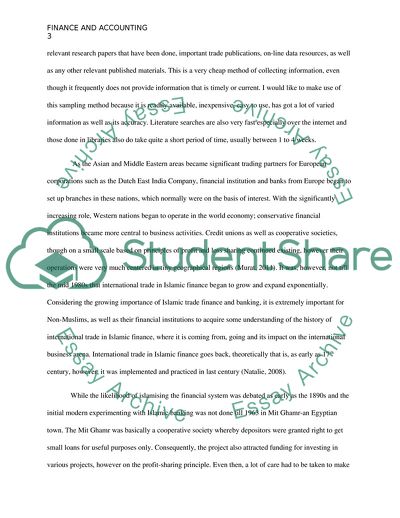History of international trade in islamic finance Research Paper. https://studentshare.org/finance-accounting/1846491-history-of-international-trade-in-islamic-finance
History of International Trade in Islamic Finance Research Paper. https://studentshare.org/finance-accounting/1846491-history-of-international-trade-in-islamic-finance.


